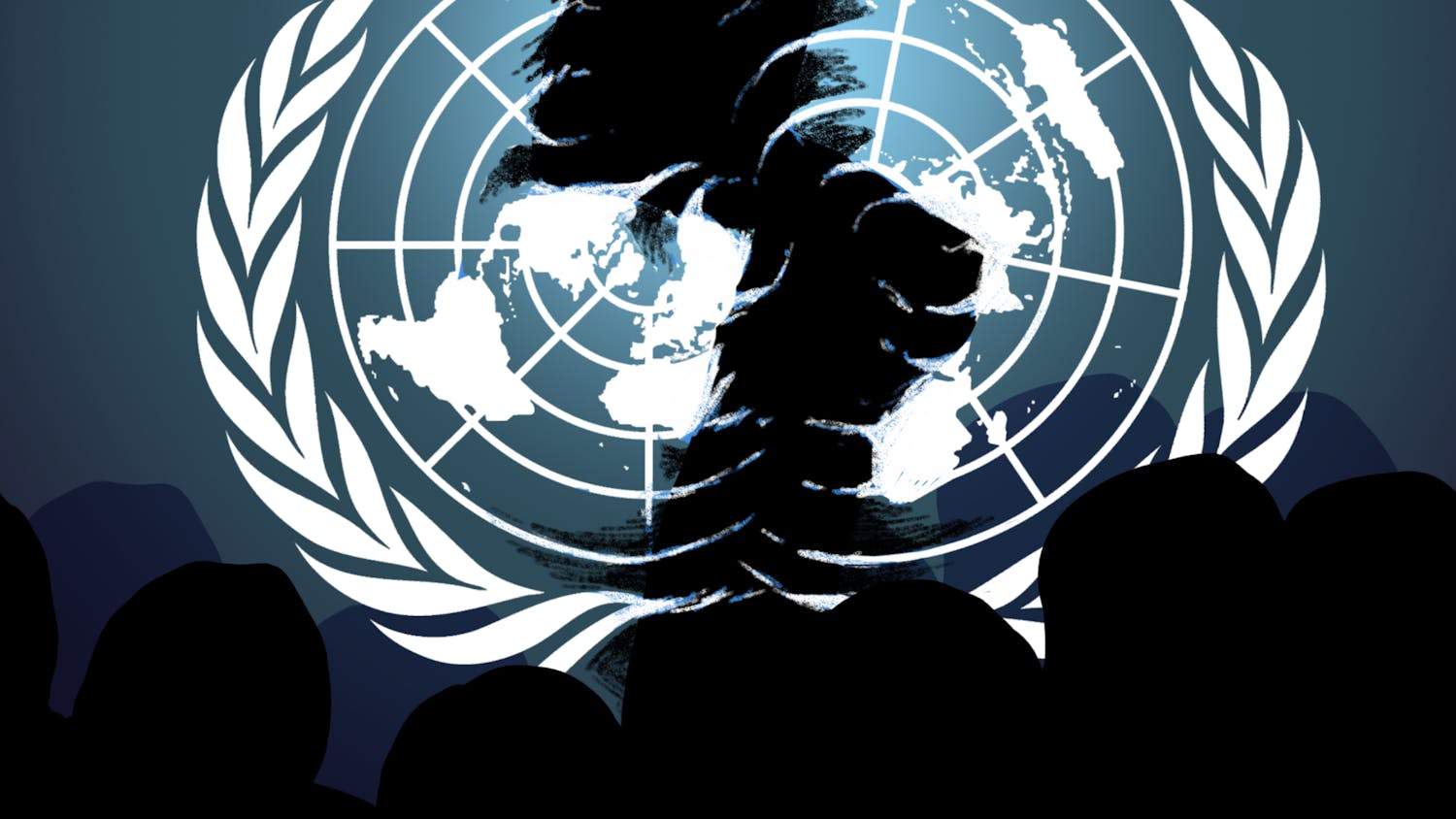Debates over UW-Madison's holistic admissions policy often boil down to one issue: Are efforts to increase diversity a means to some altruistic end—such as offsetting socioeconomic disadvantages—or a desirable end in themselves by exposing students to as many ideas and cultures as possible?
In 2003, the Supreme Court sided with the latter, ruling that diversity on college campuses was a ""compelling state interest"" and race was allowable in admissions so long as it was not the only factor considered.
We acknowledge that because of historic and lingering discrimination, certain racial identities do foster unique perspectives in students. Race, in other words, should be a part of UW-Madison's admissions process.
But the question we should be answering is not whether racial diversity can enrich the education experience for others, but whether the current climate at UW makes the most of its racial variety by welcoming interactions between different races as well as other marginalized perspectives.
If the whole point of Plan 2008 was to bolster racial diversity through admissions, it would be hard not to call the initiative a success. After all, according to the Office of Academic Planning & Analysis, UW-Madison's target minority student population—encompassing blacks, Hispanics, Southeast Asians and Native Americans—grew 21 times faster than the overall campus population between 1999 and 2008.
But only focusing on Plan 2008's effect on UW-Madison's racial composition neglects other, equally valuable perspectives. When students with different socioeconomic and geographic backgrounds, religions, sexual orientations, cultures, work experience, politics and life experiences are fused together, the educational experience is enriched for everyone. Unfortunately, the university has paid less attention to many of these factors.
In 2006, for instance, only about 23 percent of UW-Madison freshmen from Wisconsin came from families with incomes in the state's bottom 40 percentiles. Such statistics suggest a homogeneous student body in terms of income level, though at least economic diversity is measurable, unlike some factors.
For example, straight students could very well benefit from making acquaintances with bisexuals just as Buddhists and Catholics could benefit from dialogue, but it would be intrusive and awkward for university applications to collect such personal questions that, unlike race, can be and often are concealed to protect against prejudice.
Instead, encouraging a more cohesive campus community where students from different backgrounds interact more regularly would be much more valuable than building up a diverse assortment of individuals only to stand by passively as they drift into cliques of familiarity.
There are many ways to achieve more interaction between students who might not otherwise meet. Cornell University's Breaking Bread program, for instance, gives student groups incentives to find similarities and reach out to other groups by reimbursing those who host joint events. With so many student groups at UW-Madison denied funding from the General Student Services Fund already this year, many groups would probably jump at the chance to combine forces with one or even several organizations in hosting an event if that was required to receive university funds.
This is just one example of the types of creative solutions UW-Madison must consider to make sure they're not just hoarding unique perspectives, but also creating a campus of tolerance, empathy and open discussion.





